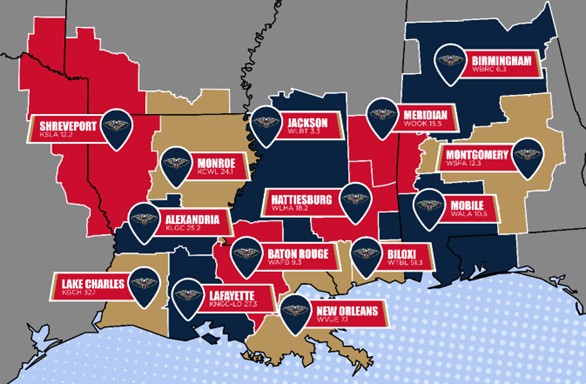Dawn of Digital Short-Wave Broadcasting
Experimenters with the right computer hardware can now receive daily broadcasts over short-wave in Digital Radio Mondiale "DRM" format. Consumer digital short-wave receivers should be available before the end of this year. Monday evening, June 16, at the ITU World Radiocommunication Conference (WRC 2003) in Geneva, Switzerland, DRM Chairman Peter Senger initiated DRM's Inaugural Broadcast by switching on a Thales medium wave DRM transmitter in Mont Saleve, France. The inaugural broadcast's content was provided by Radio France.
In addition to Radio France, the schedule of DRM test transmissions showed participation during WRC 2003 by Kuwait Radio, Voice of Russia, T-Systems Multimedia, Deutsche Welle, Norkring (Norwegian), Radio Sawa (Morocco), Radio Netherlands, Radio Canada International, the BBC, Christian Vision and Radio Wales International. The same Web page also lists regular DRM transmissions (many daily) on short-wave and medium wave.
DRM is a non-proprietary AM digital broadcast standard, covered under International Electrotechnical Committee standard IEC 62272-1. It is also covered by European Telecommunications Standards Institute document ETSI TS101 980 V1.1.1. The International Telecommunications Union (ITU) has cleared regulations allowing broadcasters to use the system in ITU Regions 1 and 3, which include Europe, Africa, the Middle East, Asia and Australia/New Zealand. While North America was not listed in the DRM Global Standard page, some of the transmissions listed in the schedule are coming from Canada.
More information on DRM can be found at www.drm.org. The site includes samples of DRM audio.
Engineers are likely to be more interested in www.drmrx.org/, the DRM Software Radio Web site. At this site, you can find out what computer and receiver equipment is necessary to receive and decode DRM signals. Software can be purchased for 60 Euros and requires a PC with at least at 500 MHz Pentium processor, 64 MB RAM, 50 MB free disk space and Windows 98, 2000 or XP. A 16 bit sound card that supports full duplex 48 KHz sampling on both input and output without AGC is also required. The Creative SoundBlaster Live! or "USB One" USB audio interface are recommended. A LAN network driver or dial-up networking has to be installed. The RF front end has to provide a 12 KHz IF output at a suitable level for the sound card used. The Web site has instructions for modifying many common short-wave receivers (including some inexpensive Sangean radios). Details are also provided for a simple (4 transistor!) easily constructed single frequency radio you can build yourself. The photo showing the "first realisation" of the receiver reminds me of the circuits I used to throw together to test receiver or demodulator designs when I worked at Frederick Electronics many years ago.
Unlike DTV, this is one digital technology where you can easily build your own receiver! The simplicity of the hardware and the use of software for complex decoding/demodulation should keep DRM receivers affordable. It will be interesting to see how quickly this technology takes off.
The professional video industry's #1 source for news, trends and product and tech information. Sign up below.
